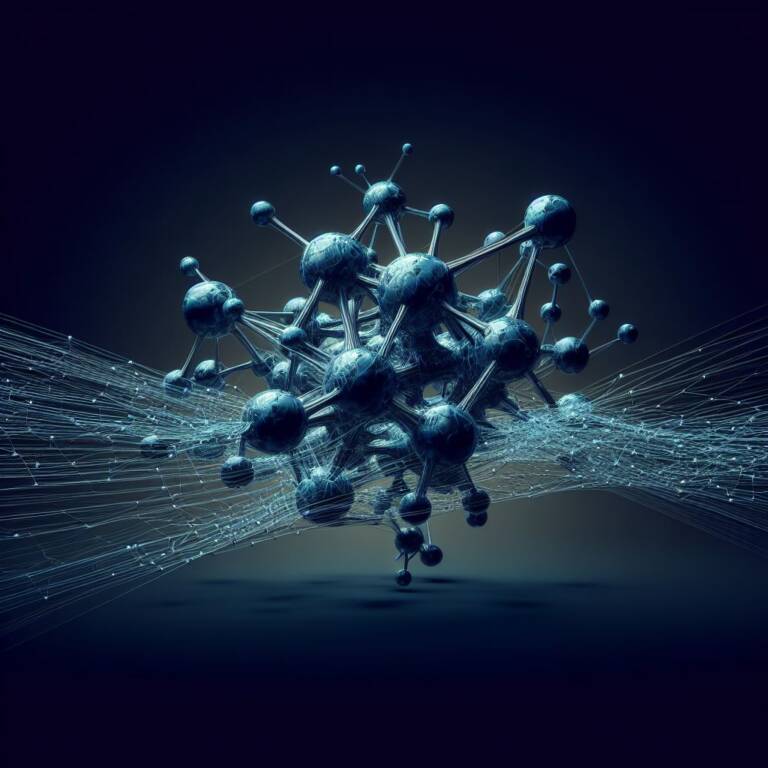a-SiC: a new material that is more resistant than Kevlar and economically convenient

Researchers at Delft University of Technology have created a new material that has ten times the yield strength of Kevlar, rivaling the strength of other super-strong alternatives such as graphene and diamonds. The study was published in Advanced Materials. The study is published in the journal Advanced Materials .
The new material is called amorphous silicon carbide (a-SiC) and could have a number of applications that go beyond protective devices to enable highly sensitive microchips.
High-strength synthetic fibers such as Kevlar are renowned for their remarkable resistance to abrasion and wear. They are used primarily in reinforcement and strengthening applications, particularly in body armor, helmets and other protective clothing.
Beyond personal protection
“To better understand the crucial characteristic of 'amorphous,' think of most materials as made up of atoms arranged in a regular pattern, like an intricately constructed Lego tower,” explained assistant professor Richard Norte who led the new work.
“These are defined as “crystalline” materials, such as diamond. It has perfectly aligned carbon atoms, contributing to its famous hardness.
However, this randomization does not lead to fragility as one might assume. Amorphous silicon carbide, in fact, provides evidence that strength can arise from unpredictability as the material boasts a tensile strength of 10 GigaPascals (GPa).
“To understand what this means, imagine trying to stretch a piece of duct tape until it breaks. Now, if you wanted to simulate a tensile stress equivalent to 10 GPa, you would have to hang about ten medium-sized cars end to end on that strip before it broke,” Norte said.
The new ultra-light material is stronger than steel and Kevlar, but also has other interesting features.
In addition to its remarkable strength, this material has mechanical qualities essential for vibration isolation on a microchip. Therefore, amorphous silicon carbide is particularly suitable for creating extremely sensitive microchip sensors.
A new method to create extreme sensors
To study this unique application potential, the researchers used a microchip-based method for materials testing, which ensures unprecedented precision. They were able to create high tensile forces by growing amorphous silicon carbide films on a silicon substrate and suspending them. This was made possible by the shape of the nanostrings.
We then proceeded to carefully monitor the breaking point of the materials by creating numerous of these structures with progressively greater tensile stresses. Nanostrings were employed as a foundation on which to build more complex suspended structures because showing high yield strength in components is equivalent to showing strength in their most basic form.
The researchers reported that the new material is highly scalable, that is, producible in industrial quantities, especially compared to other alternatives such as graphene and diamonds, which are expensive and inefficient to produce . Therefore, amorphous silicon carbide is extremely promising for applications ranging from cutting-edge instruments for space exploration and DNA sequencing technologies to highly sensitive microchip sensors and sophisticated solar cells.
“With the emergence of amorphous silicon carbide, we are on the threshold of microchip research full of technological possibilities,” Norte said.

Thanks to our Telegram channel you can stay updated on the publication of new Economic Scenarios articles.
The article a-SiC: a new material that is more resistant than Kevlar and economically convenient comes from Scenari Economici .
This is a machine translation of a post published on Scenari Economici at the URL https://scenarieconomici.it/a-sic-un-nuovo-materiale-piu-resistente-del-kevlar-ed-economicamente-conveniente/ on Sun, 05 Nov 2023 09:00:53 +0000.
